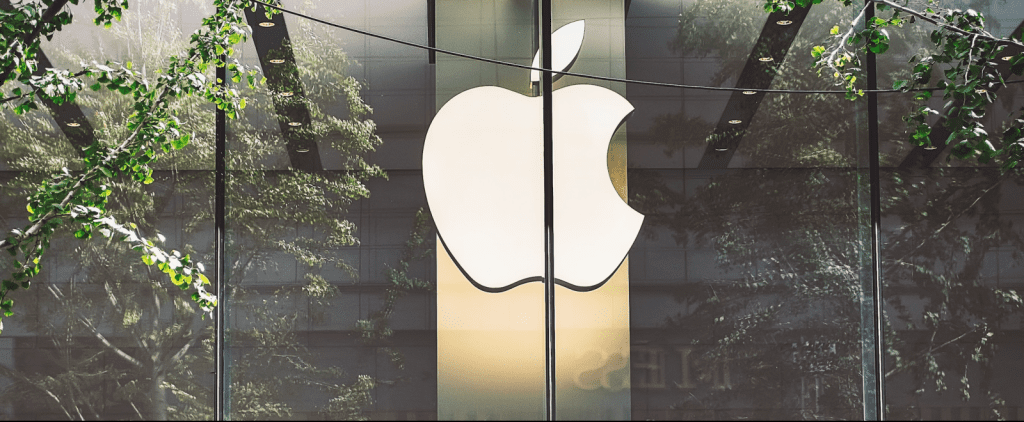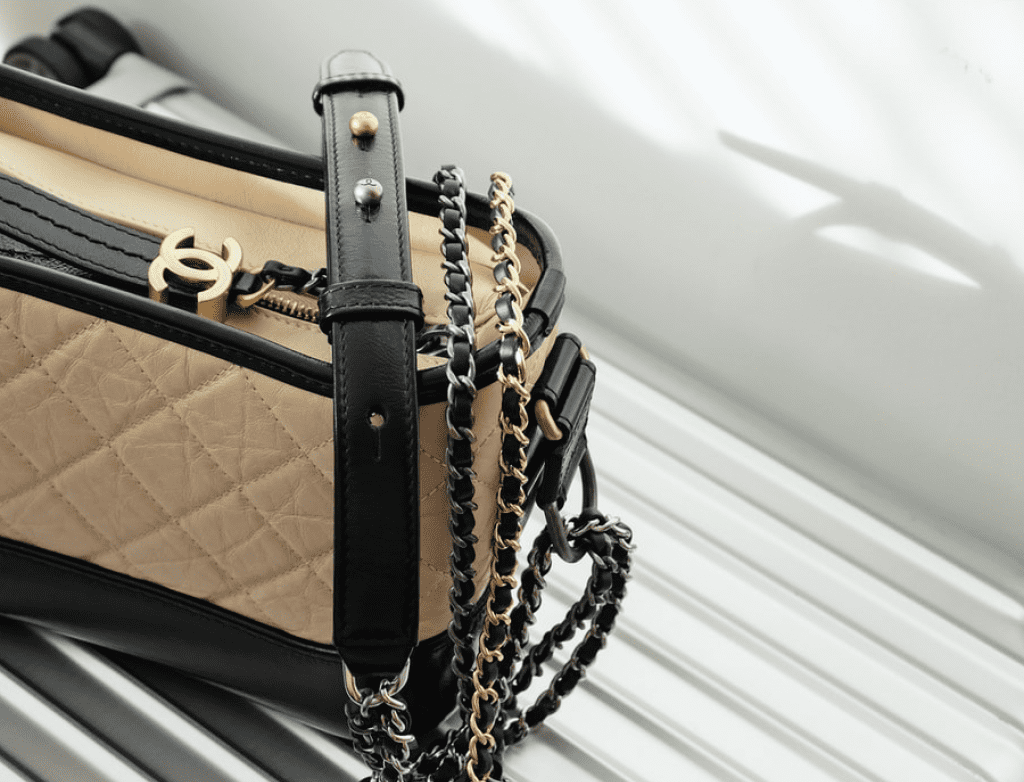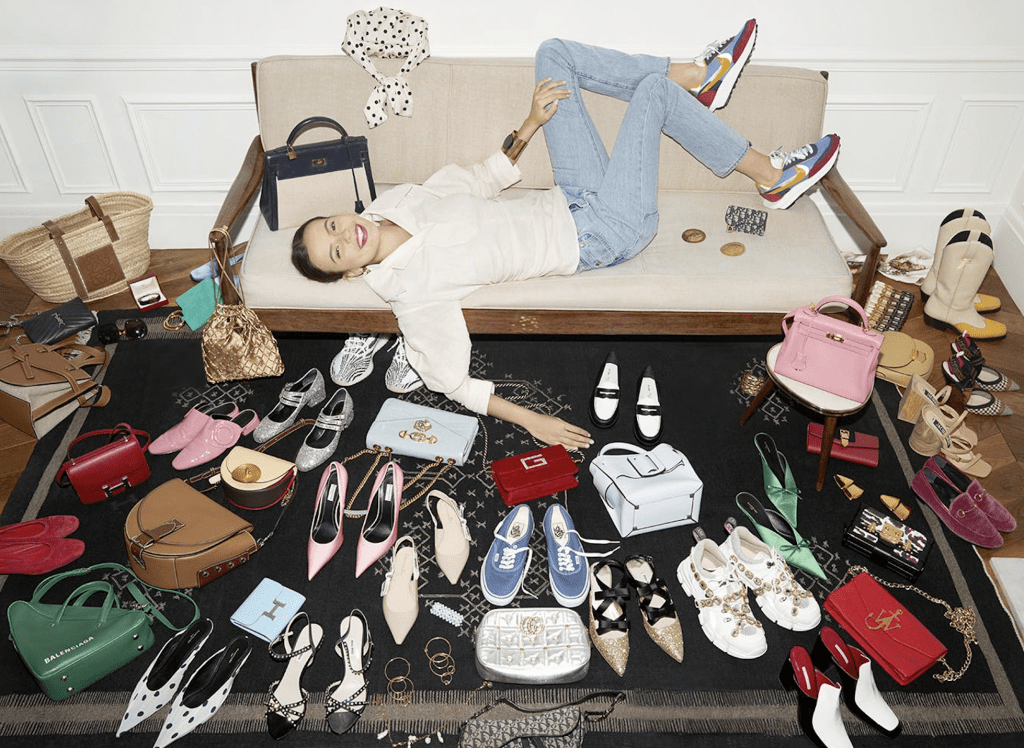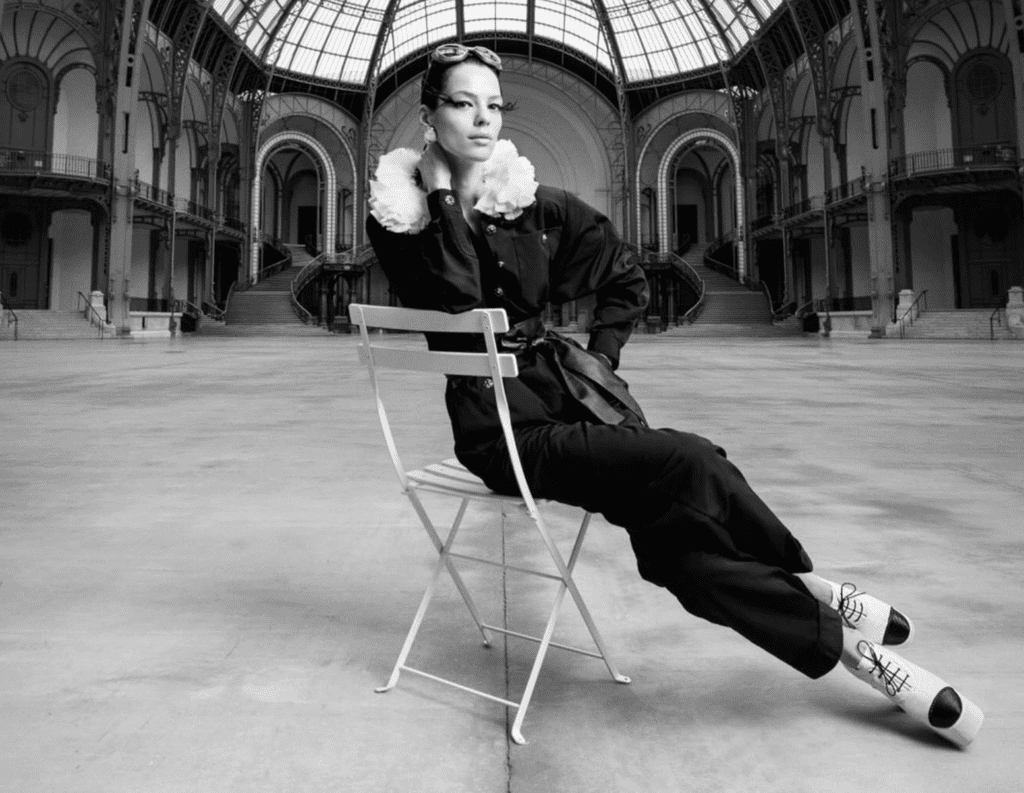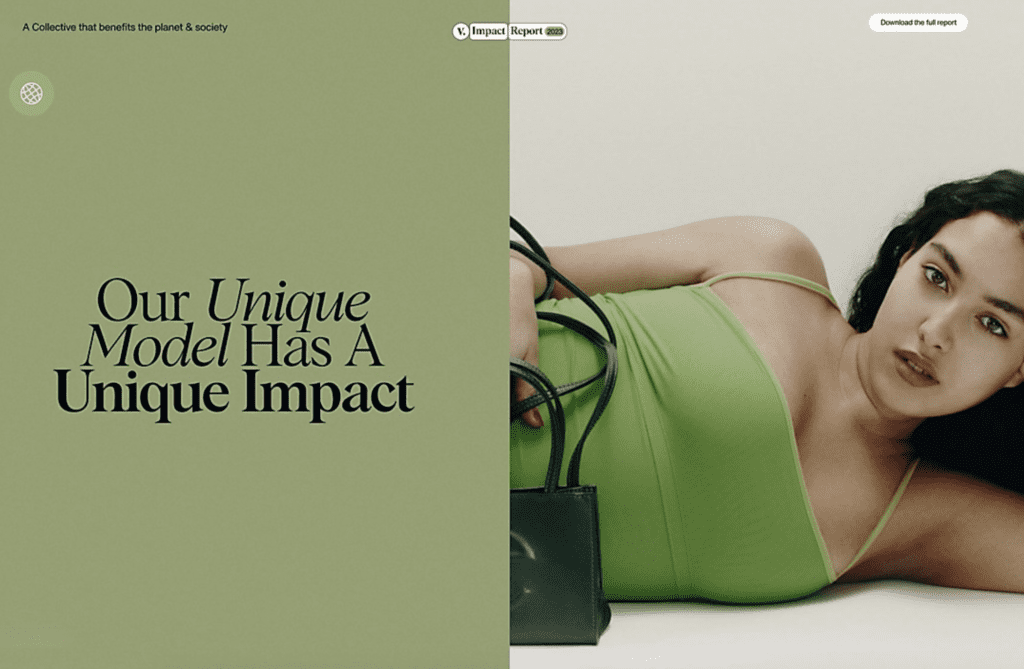“Apple is no longer just an electronics company,” Quartz’s Mike Murphy wrote earlier this month. Instead, Cupertino, California-based Apple – which got its start in April 1976 as a seller of personal computers under the direction of Steve Jobs, Steve Wozniak, and Ronald Wayne – “is, and has been for quite a while, a luxury company.” At a time when even opinions are divided and even participants in the luxury goods industry cannot easily pin-point exactly what being a luxury brand means or entails, this is an interesting assertion.
The alleged shift from pure technology company to “luxury brand” has seen Apple sell not just laptops and iPhones in order to bring in $229 billion in revenue last year, but something more intangible: “An aesthetic, a design ethos,” according to Murphy, complete with design patent-protected shopping bags and legally-protected store designs, right down to the chairs and planters. In other words, Apple has built a fully fleshed-out brand, one “that many have tried to replicate, and few have done so with success.” With this in mind, its premium-priced products are more “lifestyle items than tech gadgets now.”
Mr. Murphy is correct in saying that there is a lifestyle associated with Apple and its expensive products, including the $1,000 iPhone X and $2,000+ MacBook Pro. His acknowledgement that the company has evolved from its roots as a technology operation to more of a lifestyle-centric endeavor is also perfectly apt. But does that mean that the lifestyle being sold by Apple – with its carefully constructed ecosystem of sleek, simple and user-friendly products that bear a sense of creativity, metropolitan sophistication, and as recode put it … sexiness, and its minimalist design-centric outposts – is a luxury one? Not necessarily.
Murphy certainly not alone in the Apple-as-luxury camp. “With an offensive retail strategy and in some cases, comparable price points, Apple has competed with the likes of Louis Vuitton, Cartier or Prada,” Erwan Rambourg, the co-head of HSBC’s Global Consumer & Retail Equity Research, stated in a note last fall, “which made us raise the question: is Apple actually a luxury stock?” The answer, he said, is yes. At the same time, CNBC echoed Rambourg’s assertions, stating, “Apple’s rollout of more expensive iPhone models,” for instance, “is a sign the smartphone maker is moving further into the luxury market.”
Three years prior, Harvard Business Review’s Walter Frick and Scott Berinato took on the topic, writing: “If change is happening at Apple, it … seems like it’s moving from high-end electronics company to something more like a luxury fashion brand, moving away from focusing on user experience and magnificent industrial engineering as driving forces, and moving toward a company that offers trendiness, status, and individuality first, then nailing down the mechanics of the things.”
More recently, Bloomberg’s Narae Kim and Kana Nishizawa stated that “Apple’s pricey new phone means it looks a lot like Louis Vuitton.” They were referring to the iPhone X. And it is precisely here – the likening of Apple to Louis Vuitton and equating luxury status as a result – that we see a divide.
At least some, let us call them luxury purists (they are the individuals who likely subscribe to the tenets of the 24 Anti-Laws of Marketing), would argue that Louis Vuitton – the Paris-based brand that got its start in the mid-1800’s selling travel trunks and other luggage which was handmade in its workshop in France – while once a luxury brand, is, in 2018, much more squarely in the market of premium-priced goods. It is not, they would argue, a luxury goods brand, regardless of the price points.
The rationale is this: Louis Vuitton’s logo-covered, canvas-coated accessories – which bring in most of the revenue for the brand – are ubiquitous and accessible to a certain degree (i.e., there is not a wildly limited number of them in circulation; there is not a certain amount of money that must be spent on other Louis Vuitton goods before a consumer is able to purchase any of the most coveted bags; and there is not a waiting list for many – if any – of its bags). Save for the brand’s custom creations, which ring in at about 500 or so annually, Louis Vuitton’s goods are manufactured in an increasing number of factories in various locales, from the U.S. to Romania, in what will soon be as little as two weeks.
Apple products are, as no small number of analysts have noted, similar. While they are priced at a premium, they are abundant in the market, accessible (if you have the cash, you can walk right into an Apple store on any day, save for the initial new iPhone drop day once very year or so, and buy an iPhone, iPad, watch, or computer), and they are churned out in factories in China.
The luxury purists among us take an inventory of these characteristics, compare them to those embodied by say, Hermès, Brunello Cuccinelli, some of the top watch brands, maybe Chanel, and call foul on the labeling of both Louis Vuitton and Apple, among other similarly-positioned brands, as luxury. Their brand story-telling may aim to elicit luxury, but their daily realities – whether it be excessive scaling or the use of more affordable materials – are not.
To this, the non-purists say that the consumer – hell, the world – has changed and so, too, should the definition of luxury. It should be modernized.
Relatively few discussions of Apple-as-luxury specifically acknowledge and take into account these differing approaches to defining what is luxury in the modern market, and so, their findings, which firmly situate Apple in the echelon of luxury, very well may fall a bit short.




